Grandmaster Flash & The Furious Five Digital Biography

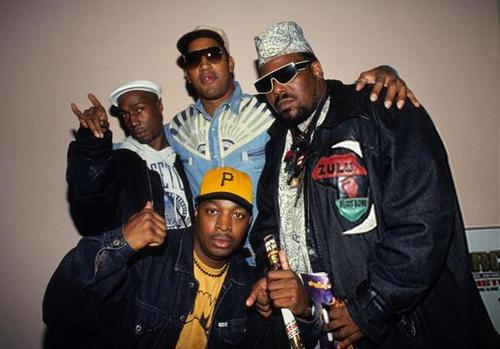
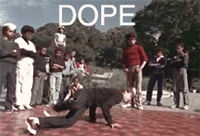

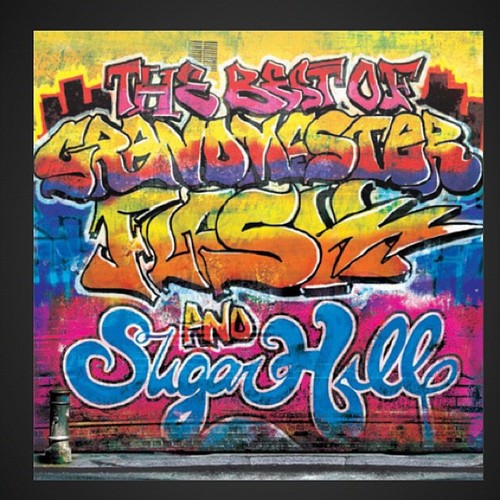

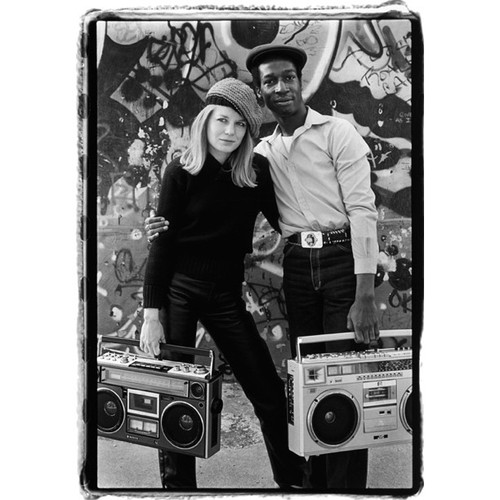
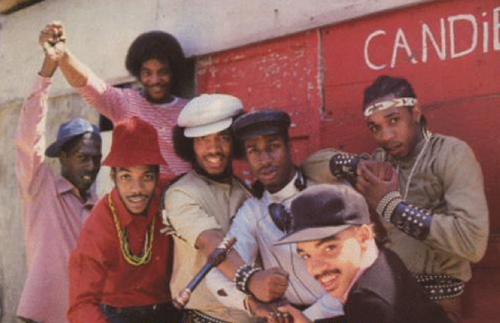




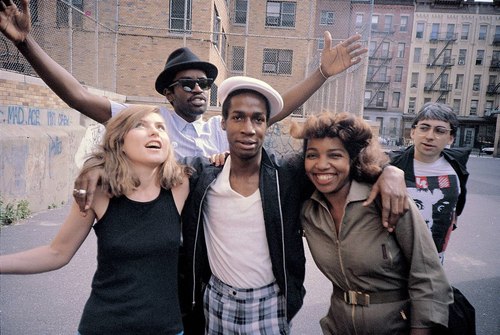


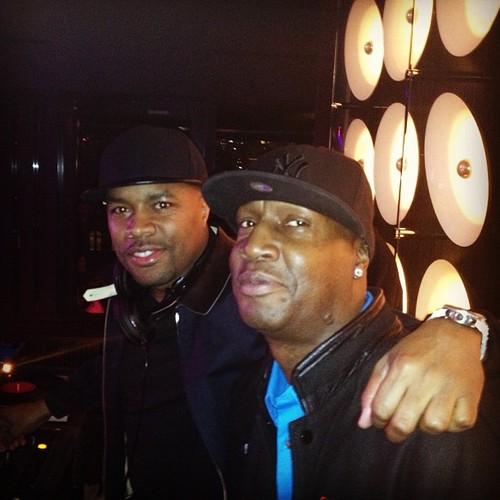
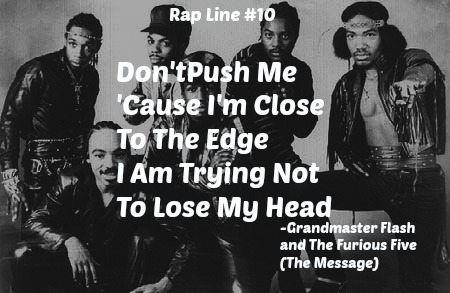



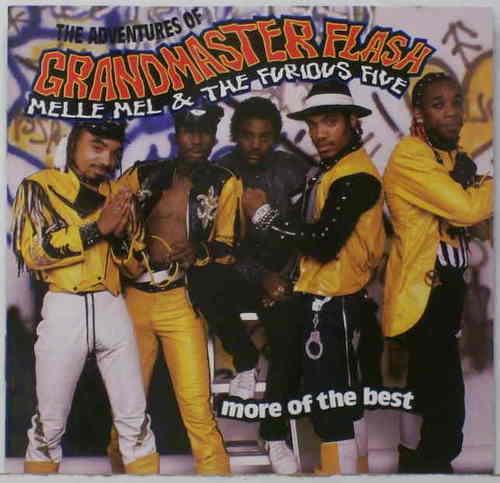

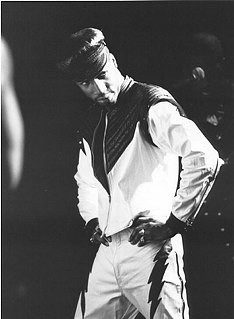

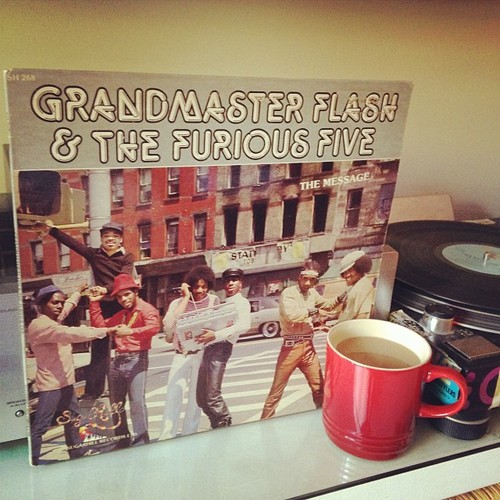
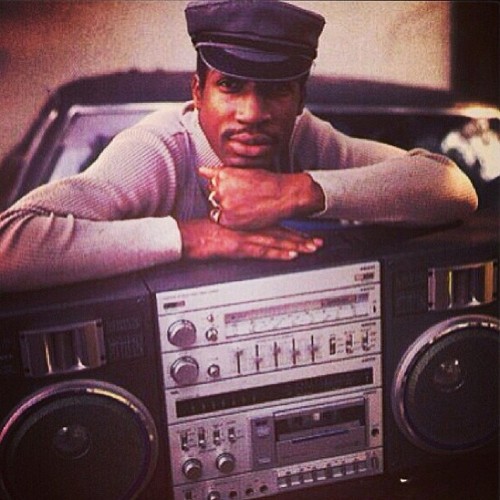



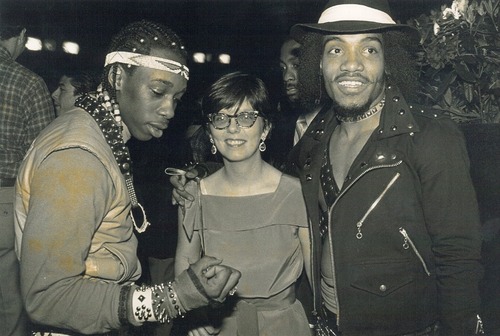
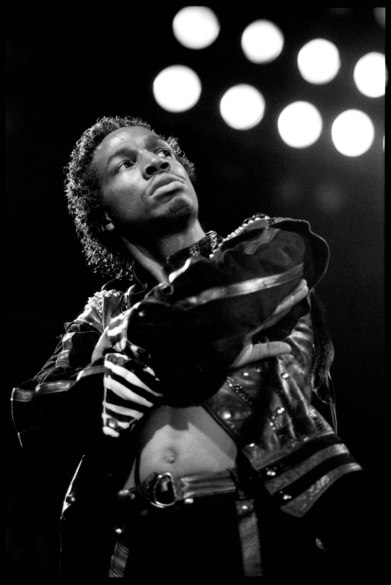
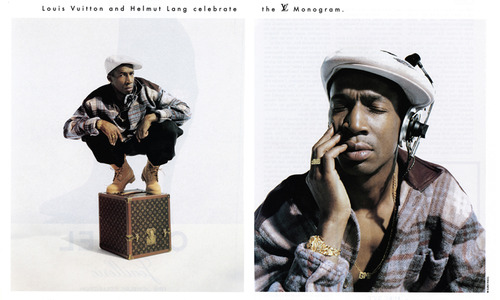
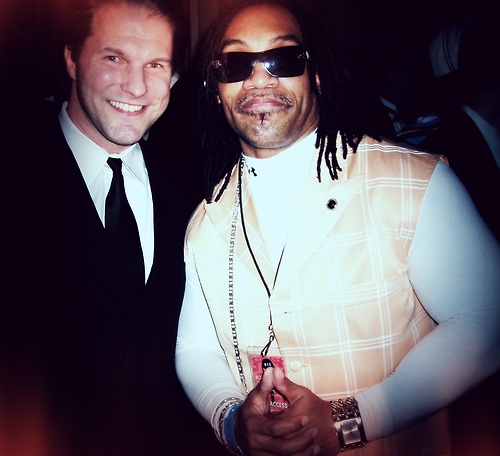





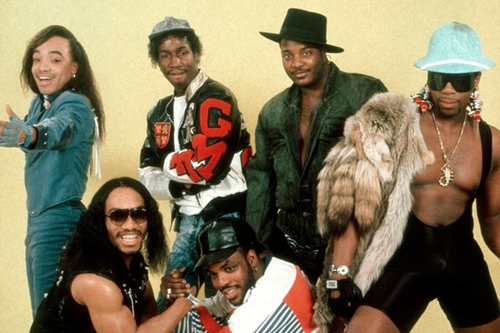



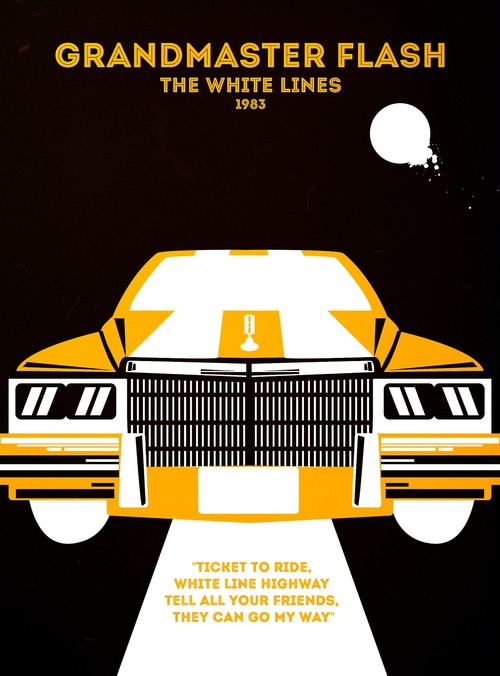


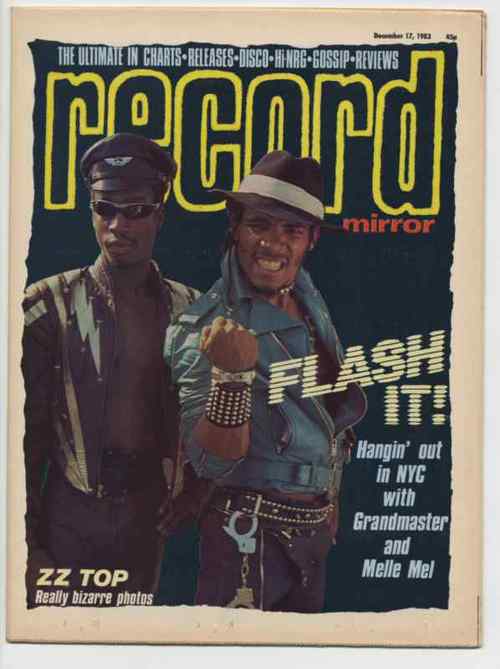


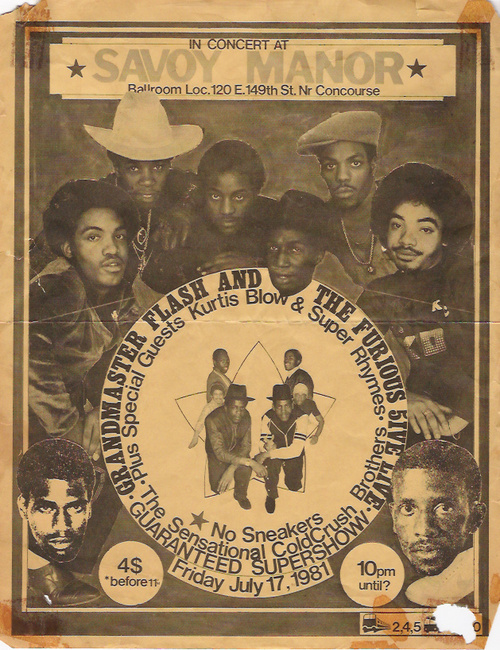
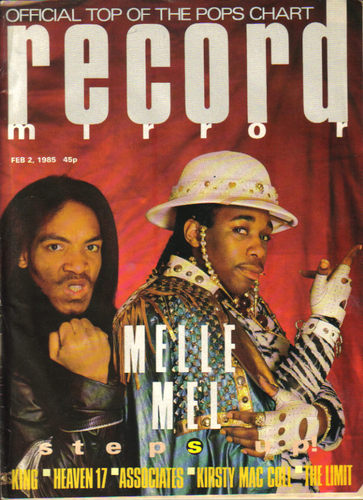
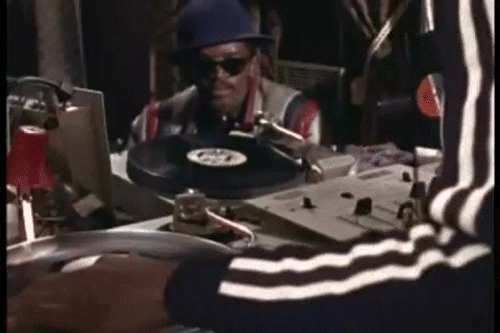
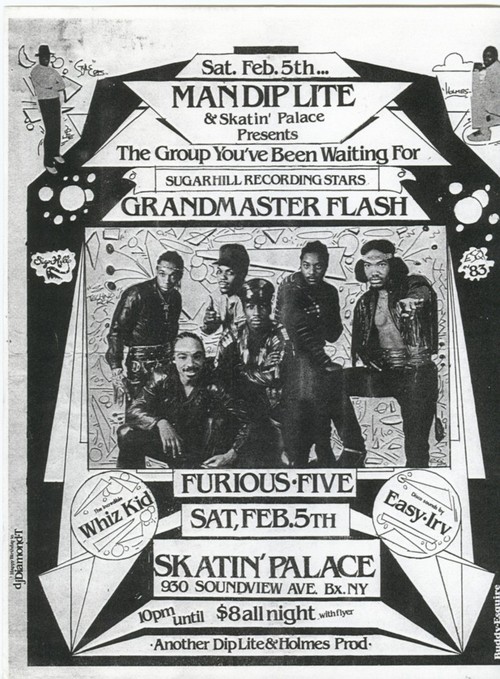



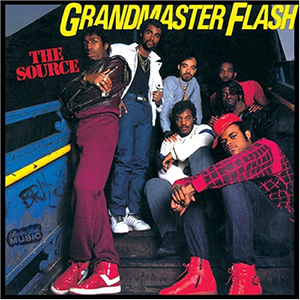




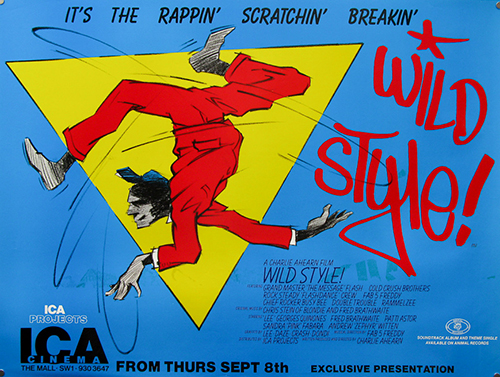


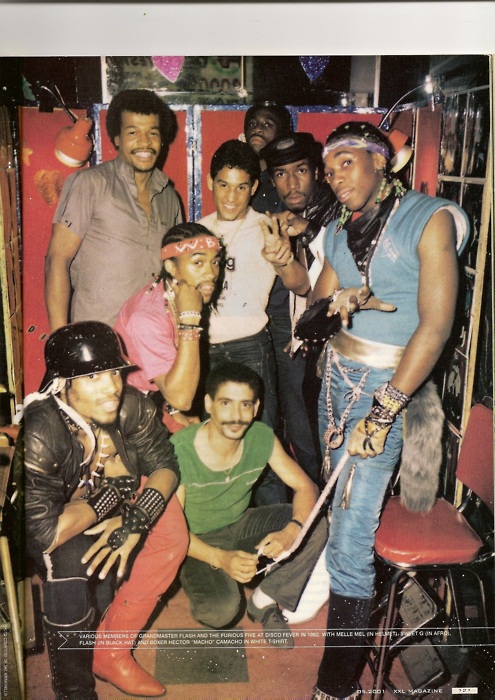
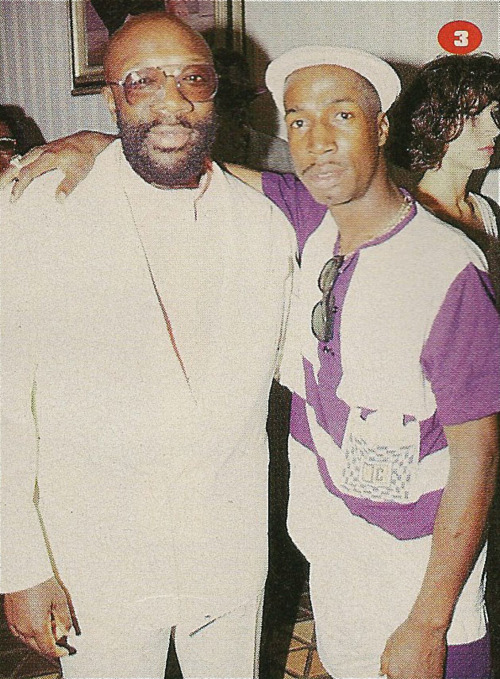


Grandmaster Flash (turntables; born January 1, 1958), Cowboy (vocals; born September 20, 1960, died September 8, 1989), Kidd Creole (vocals; born February 19, 1960), Melle Mel (vocals; born May 15, 1961), Raheim (vocals; born February 13, 1963), Mr. Ness/Scorpio (vocals; born October 12, 1960)
Grandmaster Flash and the Furious Five fomented the musical revolution known as hip-hop. Theirs was a pioneering union between one DJ and five rapping MCs. Grandmaster Flash (born Joseph Saddler) not only devised various techniques but also designed turntable and mixing equipment. Formed in the South Bronx, Grandmaster Flash and the Furious Five were one of the first rap posses, responsible for such masterpieces as “The Message,” “Grandmaster Flash on the Wheels of Steel” and “White Lines.” The combination of Grandmaster Flash’s turntable mastery and the Furious Five’s raps, which ranged from socially conscious to frivolously fun, made for a series of 12-inch records that forever altered the musical landscape.
Flash, along with DJ Kool Herc and Afrika Bambaataa, pioneered the art of break-beat deejaying – the process of remixing and thereby creating a new piece of music by playing vinyl records and turntables as if they were musical instruments. Disco-era deejays like Pete “DJ” Jones, an early influence on Grandmaster Flash, spun records so that people could dance. Turntablists took it a step further by scratching and cutting records, focusing on “breaks” – what Flash described as “the short, climactic parts of the records that really grabbed me” — as a way of heightening musical excitement and creating something new.
Flash’s days as a deejay date back to 1974, when he and other deejays who were too young to get into discos began playing at house parties and block parties in their South Bronx neighborhoods. Flash worked briefly with Kurtis Blow, but Cowboy became the first MC to officially join Grandmaster Flash in what would become the Furious Five. Cowboy’s rousing exhortations, including now-familiar calls to party, like “Throw your hands in the air and wave ‘em like you just don’t care!,” became essential ingredients of the hip-hop experience.
Grandmaster’s squadron of MCs expanded to include Kidd Creole, Melle Mel, Mr. Ness (a.k.a. Scorpio) and Raheim, in that order. Melle Mel, one of the most phonetically and rhythmically precise rappers in the genre – and the authoritatively deep voice who delivered the anti-cocaine rap “White Lines” – recalled the early days of hip-hop: “Disco was for adults, and they wouldn’t let the kids in. That forced us to go out on the streets and make our own entertainment.”
Grandmaster Flash and the Furious Five issued their first record, “Superrappin’,” on the Enjoy label in 1979. They then signed to Sylvia Robinson’s New Jersey-based Sugarhill label, where they made the R&B charts with a 12-inch single called “Freedom,” which ran for more than eight minutes. Various combinations of Grandmaster Flash, Melle Mel and the Furious Five placed 10 records in the charts during a three-year span from 1980 to 1983. These included Grandmaster Flash’s dizzying turntable showcase, “Grandmaster Flash on the Wheels of Steel,” and the group’s acknowledged masterpiece, “The Message.” The latter offered a series of unflinchingly honest and discomfiting observations about life in the ghetto, with lead rapper Melle Mel returning to the same weary conclusion: “It’s like a jungle sometime, it makes me wonder how I keep from going under.”
As Rolling Stone observed, “’The Message’ was [the first record] to prove that rap could become the inner city’s voice, as well as its choice.” This slice of unvarnished social realism sold half a million copies in a month, topped numerous critics’ and magazines’ lists of best singles for 1982, and cemented Grandmaster Flash and the Furious Five’s place in hip-hop’s vanguard. “I ask myself to this day, ‘Why do people want to hear this?’” Grandmaster Flash wondered of “The Message” in 1988. “But it’s the only lyric-pictorial record that could be called ‘How Urban America Lived.’”
In 1984, disagreements over business matters, including a lawsuit with Sugarhill, caused the group to split into two factions, and their commercial momentum was lost. However, they reunited in 1987 for a charity concert hosted by Paul Simon at Madison Square Garden in New York. The result was another album, On the Strength, released in 1988. On the Strength contained another example of Grandmaster Flash’s turntable genius (“This Is Where You Got It From”) and a history lesson for those who didn’t understand hip-hop’s roots and longevity (“Back in the Old Days of Hip-Hop”). In the ensuing years, Grandmaster Flash and Melle Mel have made records under their own names, and numerous anthologies have been released, including Grandmaster Flash, Melle Mel and the Furious Five: The Definitive Groove Collection.
(source: rockhall.com)
See More of the 70's Artists Collection





